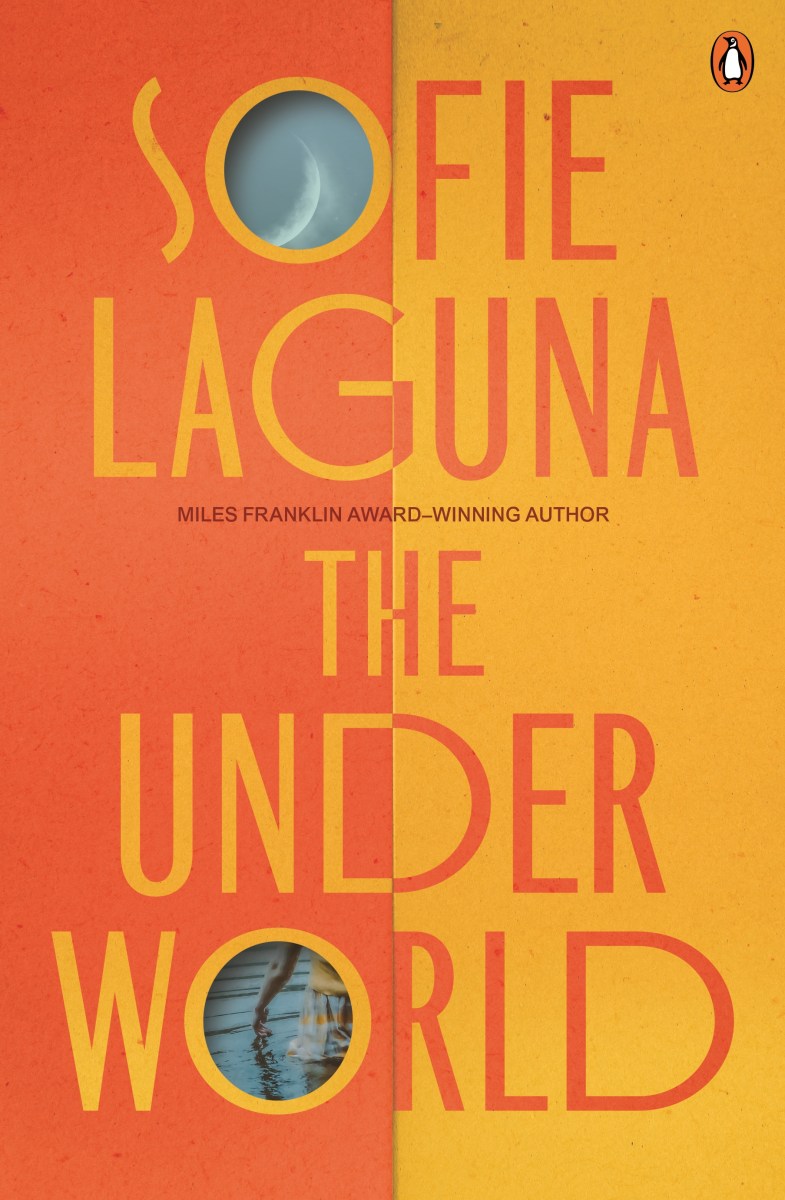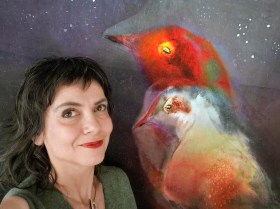In Sophie Laguna’s The Underworld, only child Martha is an introvert who is misunderstood by her family. Her father removes himself with the excuse of work, her grandmother is kind but ineffectual and her glamorous mother is disdainful, regarding her as an ugly duckling.
But Martha flourishes at her Southern Highlands boarding school, where she is part of a small clique of friends. She’s also an avid reader, fascinated with mythology and the idea of the underworld.
At graduation, Martha may (or may not) misinterpret feelings of her best friend Val and kisses her, which becomes the catalyst for the breakdown of their close friendship group. When she arrives at university, it is not the haven that she expected. Rejected and hurting, Martha struggles with the work and avoids interaction, craving the remoteness and peace of the underworld.
Sophie Laguna’s The Underworld – quick links
Sophie Laguna weaves mythology and self-acceptance
As a writer, Laguna is known for a fine body of work across the spectrum of children’s picture books, novels, series fiction and literary fiction. Her novel The Eye of the Sheep won the Miles Franklin Literary Award in 2015. The Underworld, her fifth literary adult novel, deftly intertwines the life, thoughts and experiences of protagonist Martha with mythology.
The underworld is generally a fraught place, with varied interpretations and allusions across cultures. Closely associated with Greek and Roman mythology, it may represent a place of winter, stasis or death.

For Martha, university eventually brings small moments of respite. She buys a poetry book, discovers the joy and discipline of swimming, and tutors a small group of girls in elementary Latin.
She also grows determined to promote the work of the ancient Roman writer Sulpicia, a poet who integrated the underworld and mythology into her writing. Martha believes she must defend Sulpicia from the misappropriations of her powerful professor. Here, Laguna begins to explore themes of male dominance and misogyny, which she contrasts against female preoccupations with cycles, and the pain and liquidity of menstruation.
Read: Best new fiction books October 2025
Motifs of water permeate the novel. Water encompasses the underworld, and its six main entrances, including the River Styx, are through the medium of water. Water also washes away pain. After being afraid of life, Martha metaphorically swims deep past the Earth’s core and sinks into the underworld.
Martha somewhat resembles Sybylla in Miles Franklin’s novel My Brilliant Career. Both are ungainly, scholarly and with intellects and attitudes ahead of their stifling times, and both step into uncomfortable adulthoods where they finally metamorphose.
Contemporary takes on the myth of the underworld
There has been much interest in the underworld in recent times, highlighted by the contemporary musical Hadestown, Susanna Clarke’s sublime Piranesi and RF Kuang’s recent novel Katabasis, where two Cambridge University students descend into hell to rescue their professor.
What is the significance of the underworld in the 21st century? How are writers and artists exploring it? When many people feel threatened by disturbing global, political and climate events, does a supernatural afterlife offer a vicarious reprieve and sense of hope?
In The Underworld, Laguna chooses to weave strands of fear, identity and acceptance into the mythology of a benign and inviting underworld. Like Orpheus following Eurydice into the depths before trying to lead her out, the way ahead keeps appearing. Martha also eventually finds her path.






